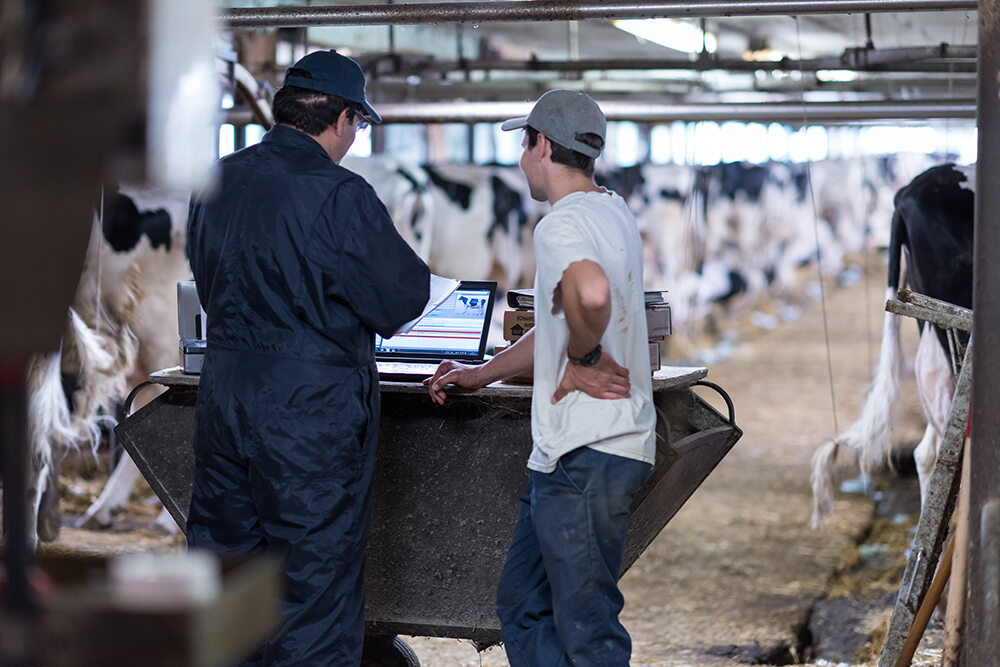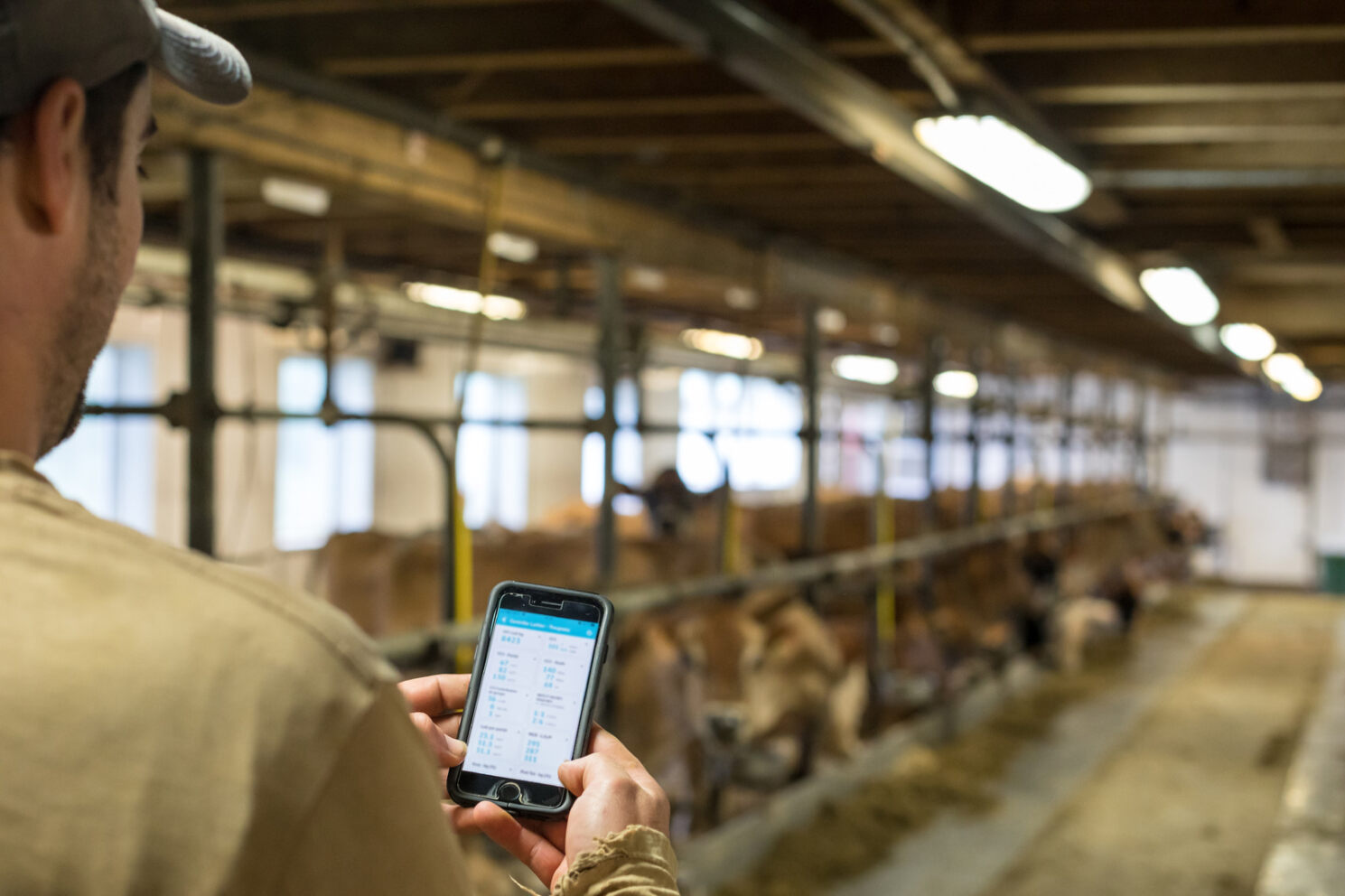Managing subclinical ketosis in dairy herds: key factors and insights
- 14, June 2024
Cows that develop subclinical ketosis have reduced milk yield, impaired reproductive performance, and face higher culling rates. Factors like dry period length, calving intervals, age at first calving, and milking system are risk factors that could contribute to a high prevalence of subclinical ketosis in your herd.
A recent analysis of the Lactanet database, involving more than 500,000 records, showed that cows that develop subclinical ketosis produce less milk, have more trouble getting pregnant again, and are more likely to be culled. If you missed this, you can check our article Subclinical ketosis: Are your cows hiding something?

The duration of the dry period, calving intervals, age at first calving, and the milking system are factors that could affect the prevalence of subclinical ketosis in your herd (Tatone et al., 2017).
Understanding and managing these factors can help mitigate risks and improve herd health.
Dry period length
The duration of the dry period plays a significant role in the occurrence of subclinical ketosis post-calving.
A dry period longer than 72 days increases the odds of subclinical ketosis by 21%.
Calving intervals
Longer calving intervals are generally associated with a higher prevalence of subclinical ketosis.
A calving interval average of 13 to 15 months increases the odds of subclinical ketosis by 1.4 times, while a calving interval average of more than 15 months increases the odds of having subclinical ketosis by 2 times in comparison to a calving interval of less than 13 months.
Age at first calving
Heifers that calve for the first time at an older age are more prone to subclinical ketosis.
On average, age at first calving of more than 25 months increases the chances of developing subclinical ketosis after calving by 41%.
Milking system
The type of milking system (parlour, robot, or pipeline) also influences the prevalence of subclinical ketosis.
Herds milking in automatic milking systems (AMS)/robots generally have a 5% increase in the prevalence of subclinical ketosis compared to those milking in a parlour or pipeline system.
How can we reduce risk factors to minimize the occurrence of subclinical ketosis?
- Screening for subclinical ketosis
Implement routine screening of your herd to identify positive animals and assess the extent of the problem. KetoLab is a straightforward and cost-effective tool to facilitate subclinical ketosis monitoring in your herd.
In 2023, the average percentage of positive animals in the KetoLab during the first test was 13%. For more detailed information, look our article: Optimizing transition period management: insights from milk testing and 2023 benchmarks. This article provides information on the average BHB concentration in milk in the first test, and the prevalence of positive cases within the top 20% of the herds.
- Set and monitor management goals
Define goals for dry period length, calving intervals, and age at first calving. Regularly check if your herd averages meet these targets. If not, working to identify the reasons and adjusting your management to reach the goals will also contribute to reducing the risk of subclinical ketosis.
Check the 2023 Lactanet Progress Report for provincial averages on dry period length, calving interval, and age at first calving. These benchmarks can help you to define the targets for your farm.
- Robotic milking systems
Although there is an increased risk for subclinical ketosis within robotic milking system herds, your farm management is what defines whether subclinical ketosis will be a problem or not.
Take advantage of the detailed information provided by your robotic system. Monitor intakes closely and ensure feed tables are correctly set up to meet nutritional needs.
Reference
Tatone, E. H., T. F. Duffield, S. J. LeBlanc, T. J. DeVries, and J. Gordon. 2017. Investigating the within-herd prevalence and risk factors for ketosis in dairy cattle in Ontario as diagnosed by the test-day concentration of B-hydroxybutyrate in milk. J. Dairy Sci. 100:1308-1318. https://doi.org/10.3168/jds.2016-11453.










